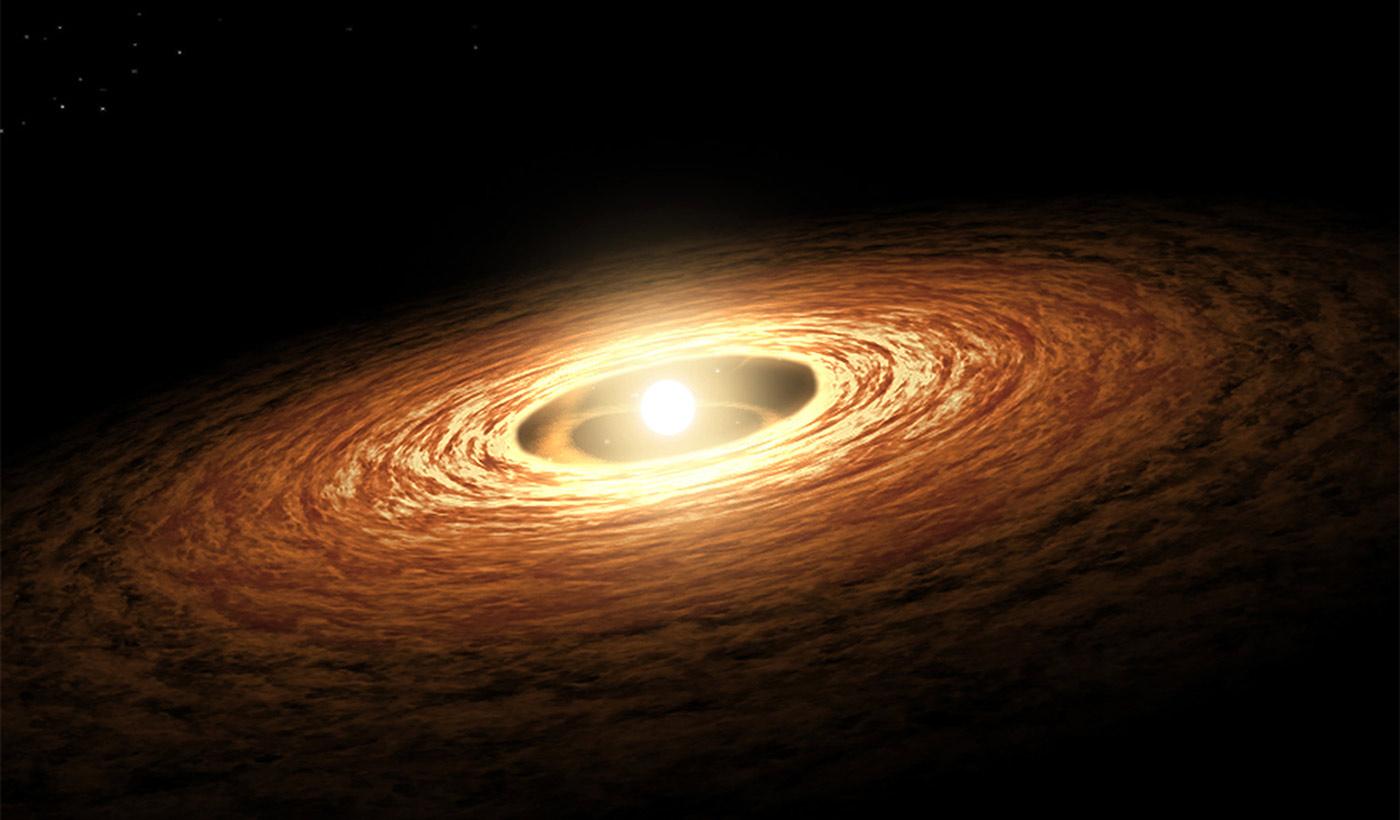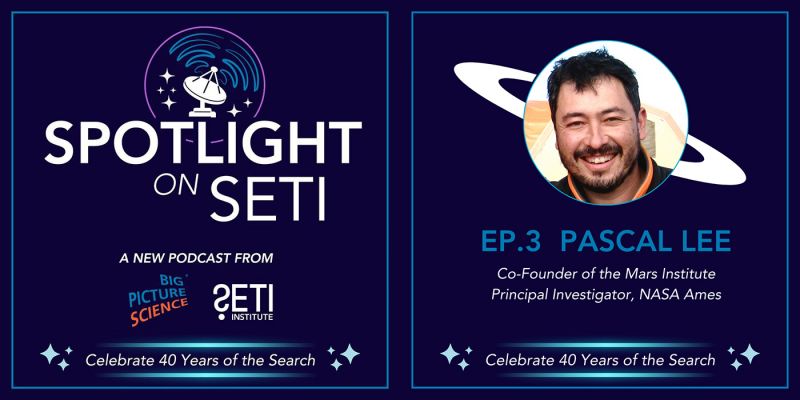As recently as two decades ago, we thought our solar system was “normal.” That was a reasonable assumption as long as you didn’t look at it too closely...

As recently as two decades ago, we thought our Solar System was “normal.” That was a reasonable assumption as long as you didn’t look at it too closely. Heck, I used to think my school, my friends, and even my family were all normal until – at a more advanced age and with greater discernment – I learned otherwise.
Our Solar System has idiosyncrasies, which are especially obvious if you check out the dim spaces beyond Neptune. A prime example is Pluto’s oddball orbit, which is tilted by 17 degrees to the flat, ecliptic plane in which all the other planets travel around the Sun. Pluto’s orbit is also highly egg-shaped. This dwarf ice ball takes 248 years to revolve around the Sun, but spends 20 of those years closer to Sol than Neptune. It’s as if one of the horses on a carousel were to weave in and out of the path of an adjacent steed. The dwarf planet Sedna, which is roughly twice as far as Pluto, has a similarly wacko orbit.
So what gives? What accounts for such deranged arrangements? Why doesn’t the Sun’s retinue of worlds have near-circular orbits, all situated in the ecliptic? That would be normal.
The usual explanation has been that these distant and generally small objects were tossed around billions of years ago by bully worlds such as Neptune. But this month a group of researchers headed by Susanne Pfalzner of the Max Planck Institute for Radio Astronomy in Germany has offered another idea – and one that’s far more dramatic. Their hypothesis is that long, long ago another star – as big as the Sun – passed close to the nascent disk of dust and gas that would become the worlds of our Solar System. Its gravity stirred things up, dooming the objects that would eventually form to erratic behavior and small size.
So here’s how to picture this: Imagine being in our Solar System at the time it was born, four-and-a-half billion years ago. Earth was still being built – it was no more than countless bits of dusty rock, gently circling the young Sun. The other planets were also noiselessly condensing out of this protoplanetary disk – a dusty pizza-shaped cloud of gas, billions of miles across. Day to day, you wouldn’t notice much action.
But eventually a bright star would appear in the sky, brighter than others. Over the course of hundreds or thousands of years, it would grow steadily more luminous, eventually looking like a dot 40 times brighter than the full moon is today. You could easily read a newspaper by its glow, if there had been newspapers. This passing star was an unnamed cousin of the Sun, born in the cluster of stars that spawned our home star. That cluster is now dispersed, its members lost in the rich star fields of the Milky Way. But back then we had many stellar neighbors, and this near miss took place at a distance of about 10 billion miles – hardly anything.
Pfalzner’s team simulated this encounter using computer models – in other words, software. They varied the distance of the passing star, its mass, its path and so forth. What they learned was that the nearby passage would tear some of the dust and gas away from the edges of our protoplanetary disk – which disrupted the formation of the outer solar system. In addition to accounting for the strange orbits of objects like Pluto and Sedna, it would also be responsible for the striking fact that we’ve not found any really big objects beyond Neptune.
This hypothesis would have been modestly interesting dinner conversation a century ago. There was no way then to show that it was more than an intriguing idea, a provocative notion. But today astronomers use computers as frequently as they use telescopes. And unlike the latter, computers can let us see things billions of years in our own past.
This article was originally published on nbcnews.com





